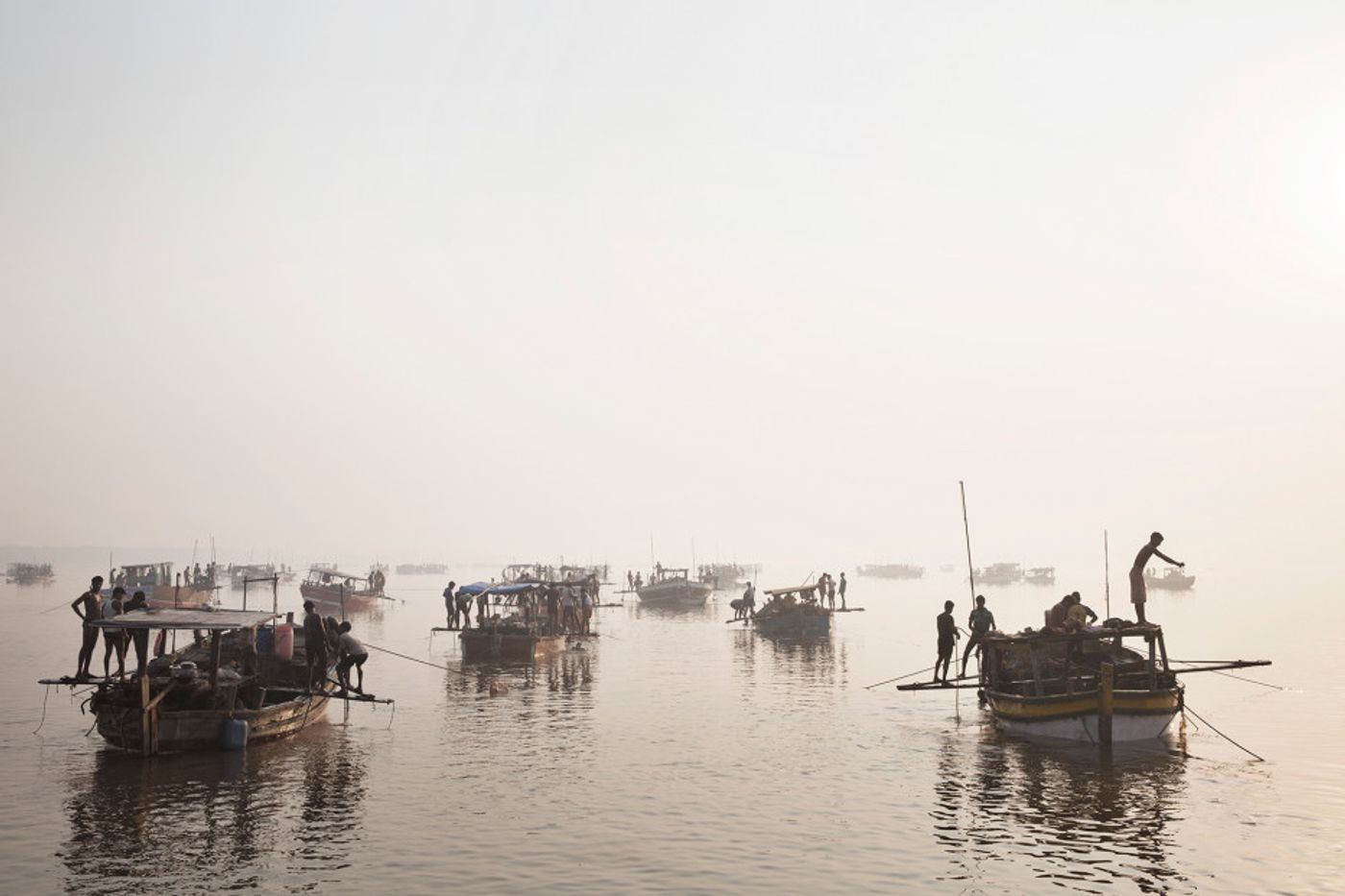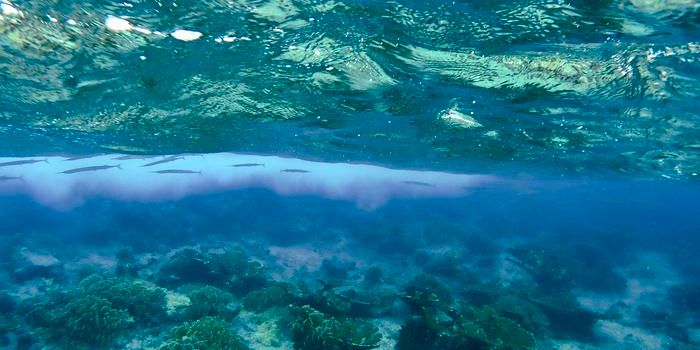“Apart from water and air, humble sand is the natural resource most consumed by human beings.” This statement, published by Wired in an article entitled
The Deadly Global War for Sand, might be mind-boggling to those who have not spent much thought about all of the purposes those little itty bitty eroded rocks have. From any construction that utilizes concrete, to transparent glass for items such as windows and microscopes, to household necessities like toothpaste and detergents, sand has an overwhelmingly obvious presence in our lives. According to Wired, humans use more than 40 billion tons of sand and gravel every year, and the business of extracting sand is a $70 billion industry.
But what might not be as obvious are the impacts that sand mining have, both environmentally and socially.
As might be expected, instream sand-and-gravel mining degrades river bottoms, stream banks, and even ocean beaches. To be useful for construction purposes, the sand must have been eroded by a water source, making the rocks edges more angular and therefore easier to stick together. Hence, mining in deserts is out of the question, as the wind that erodes sand there creates rounded particles. Following a
scientific blog relaying the negative aspects of sand mining, “Depletion of sand in the streambed and along coastal areas causes the deepening of rivers and estuaries, and the enlargement of river mouths and coastal inlets. It may also lead to saline-water intrusion from the nearby sea.” Instream sand mining devastates aquatic and riparian habitats as well because of changes to channel morphology. “Impacts include bed degradation, bed coarsening, lowered water tables near the streambed, and channel instability.” This negatively influences the bioma that live in and around the stream, often causing a decrease in biodiversity in mined areas.
Furthermore, mined streamside greatly diminishes the habitat’s fertility, which could be used for agricultural or timber profit. It impacts fisheries industries and lowers recreational and aesthetic values as well, according to
Three Issues. Mining is also a physical threat to any infrastructure that surrounds the area because of the instability that it creates in a river or streambed. Sand mining may also impact the surrounding groundwater system.
But.
In a frighteningly large number of countries in the world, from Mali to Colombia to India, sand provides a desperately needed income. Although in some regions sand mining is illegal, regulations are not enforced and men can be seen with shovels at the sides of rivers, lugging heavy bags to haul away sand that will either be exported or used to make concrete. However the scarier part is the violence that has quickly become a part of the sand business. Called the “sand mafias,” gangs of warlords looking to make fast money through sand mining have no problem making those who stand up to illegal mining disappear. And because corruption is interlaced throughout much of the industry, there is very little accountability for such murders. To learn more about sand mining and read about a specific case study involving the sand mafias in India, visit our sources below.
Sources:
Wired,
Three Issues,
Questia



















































